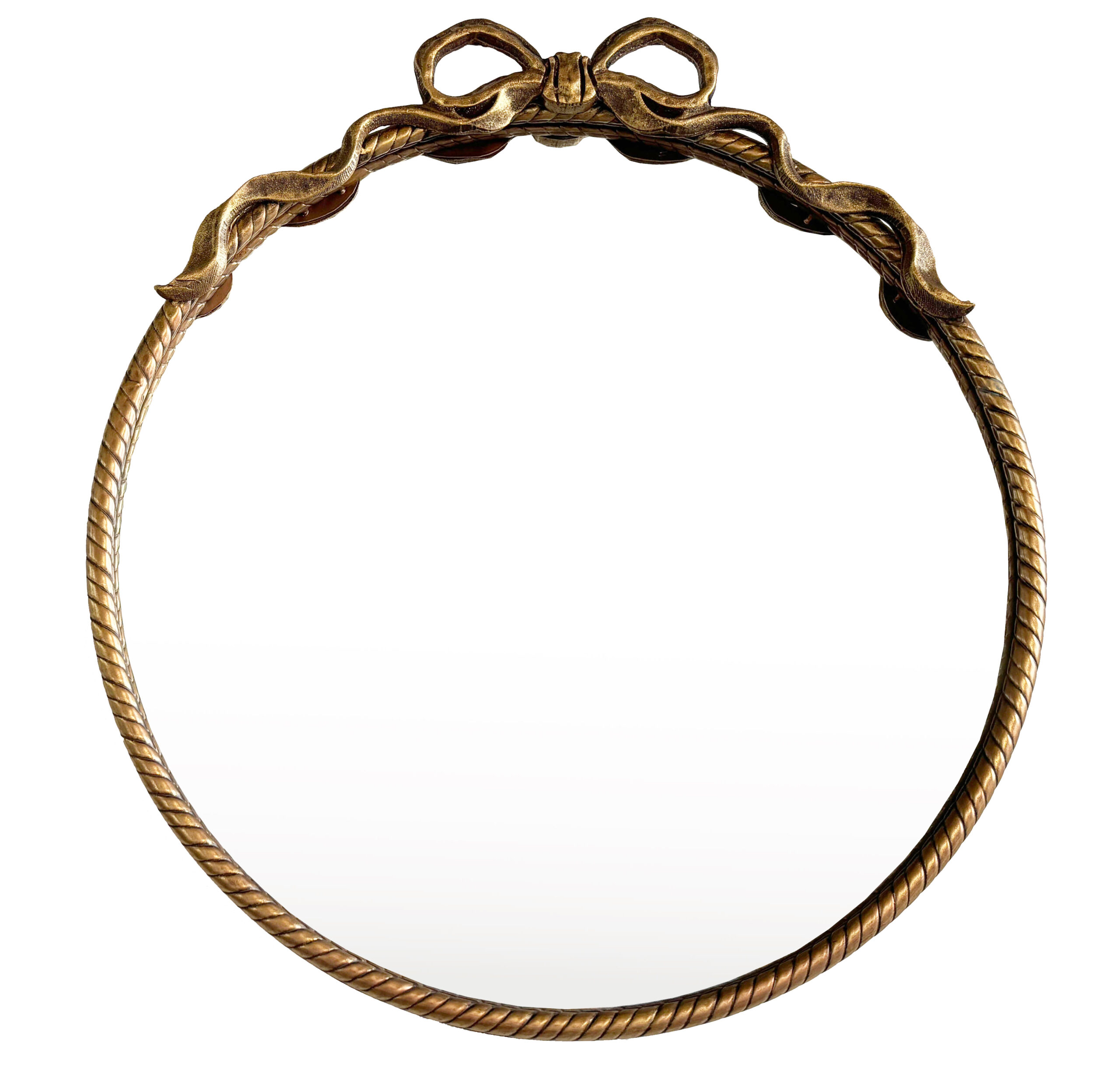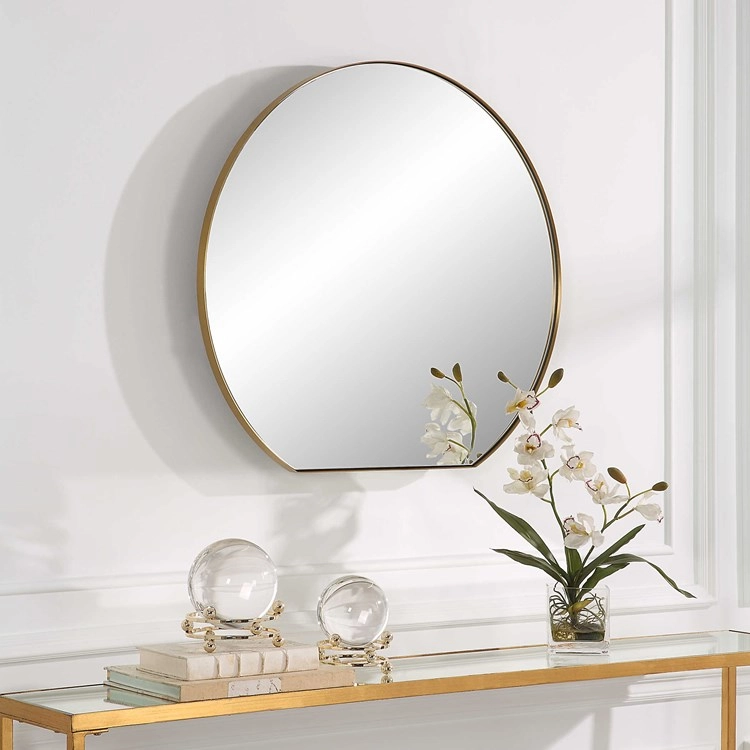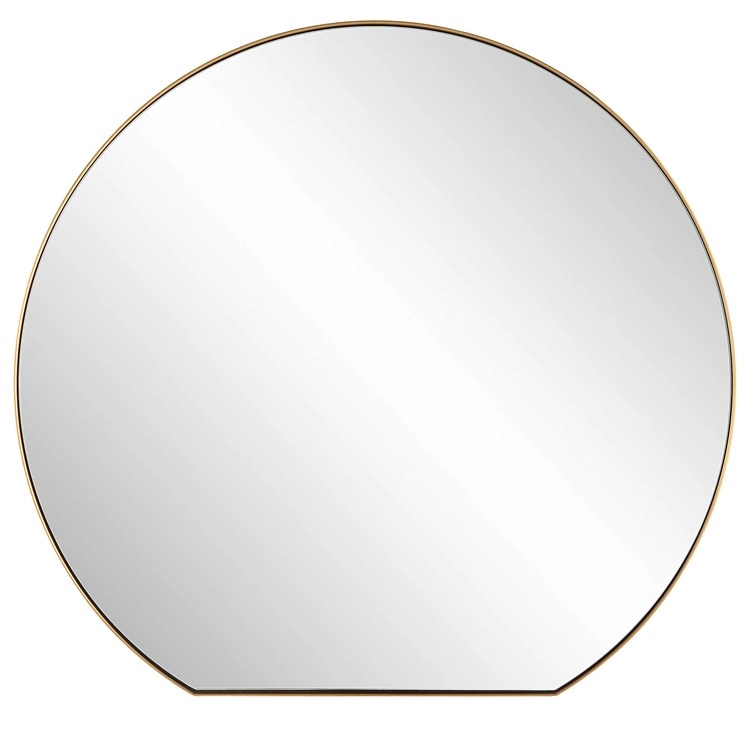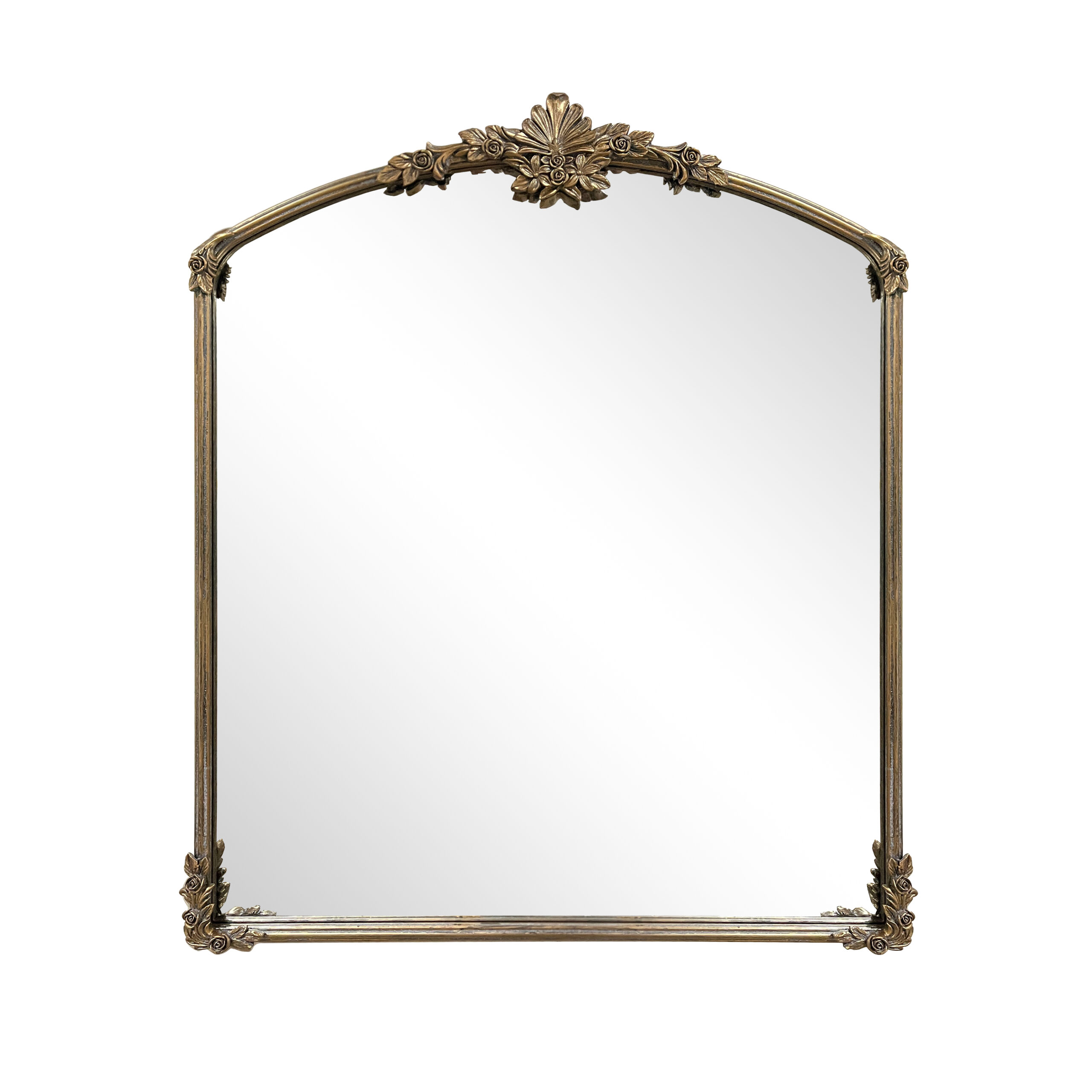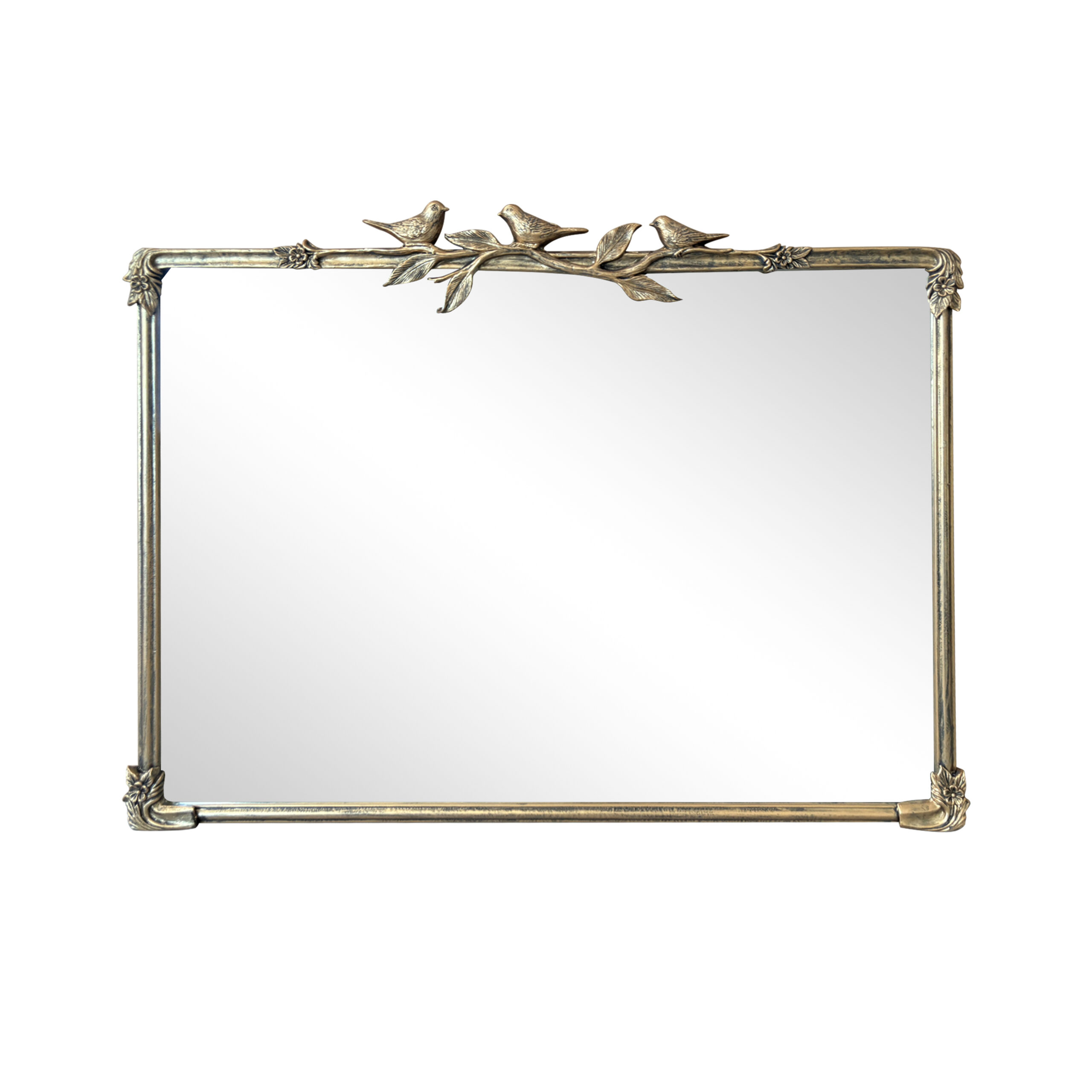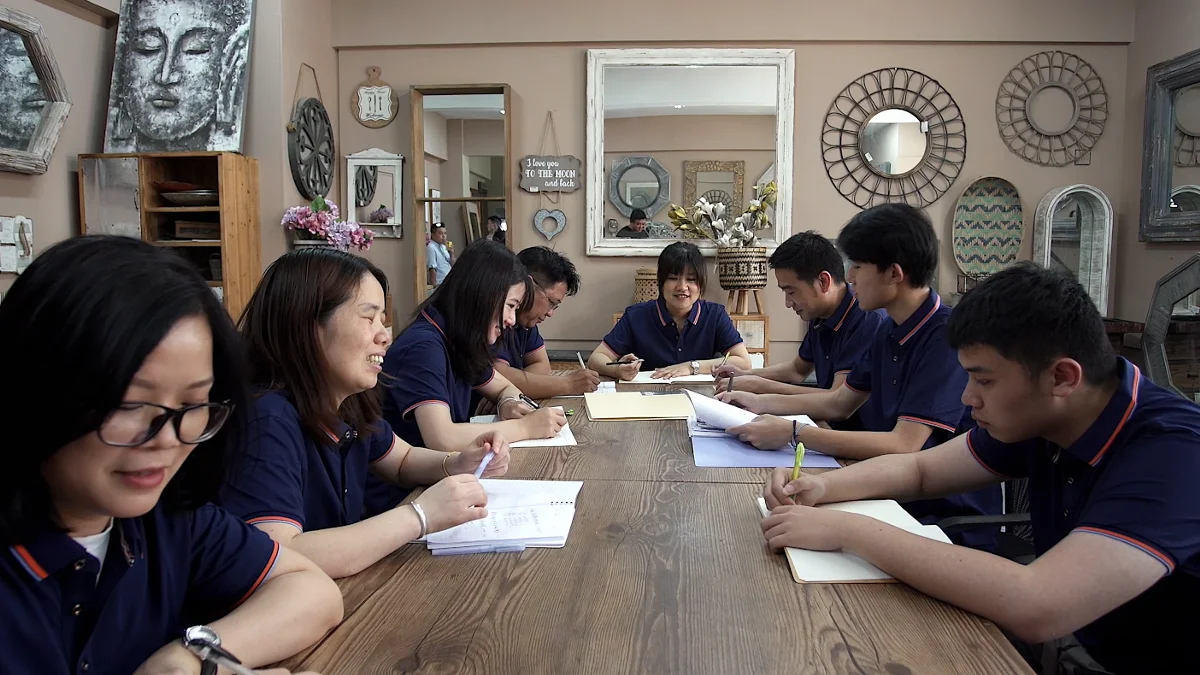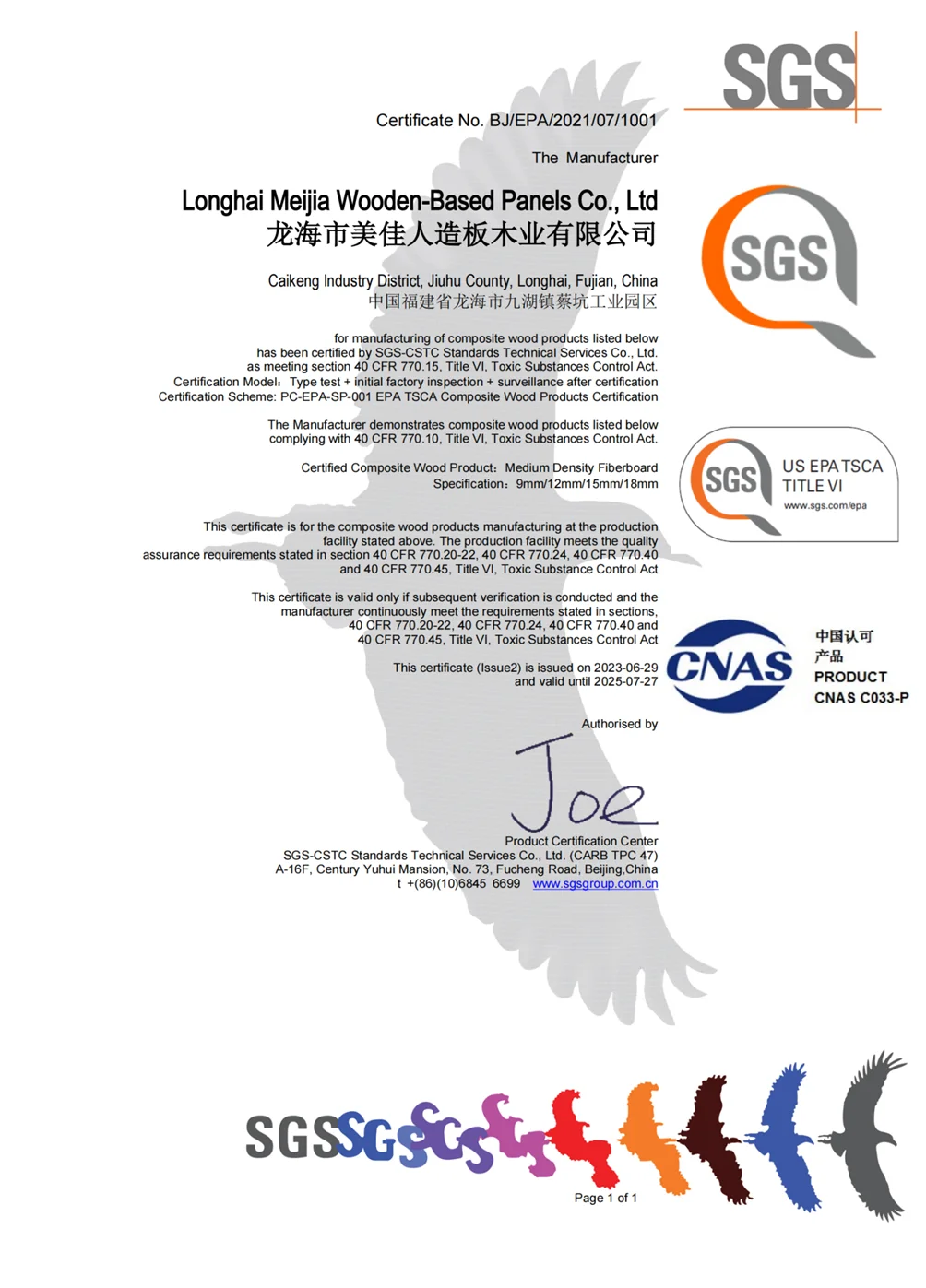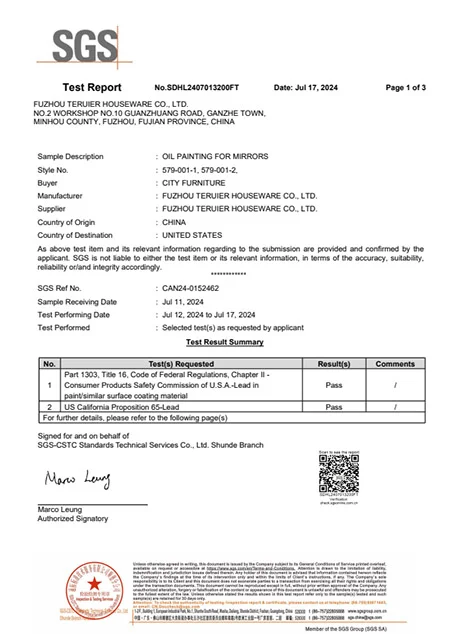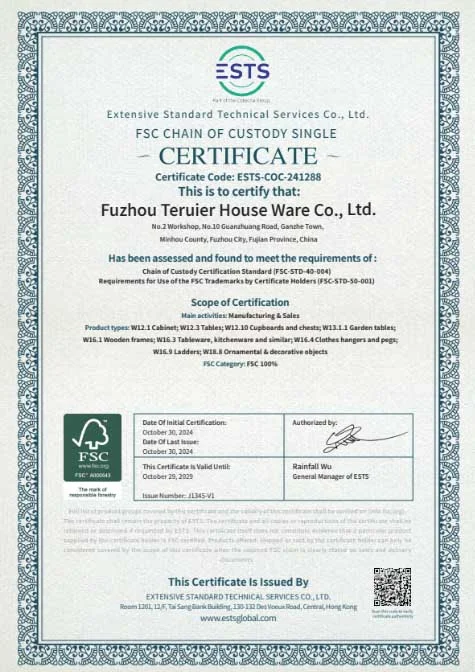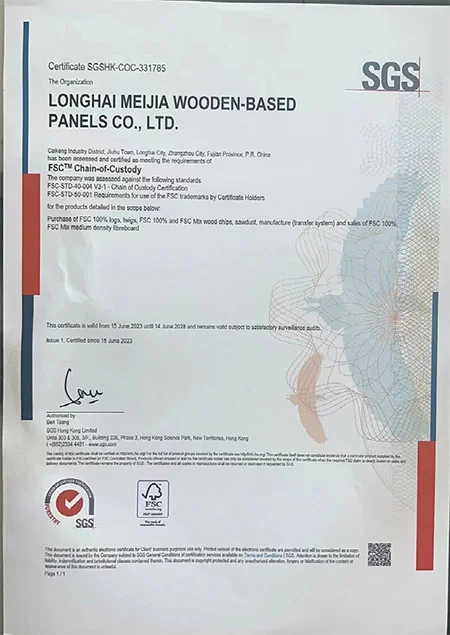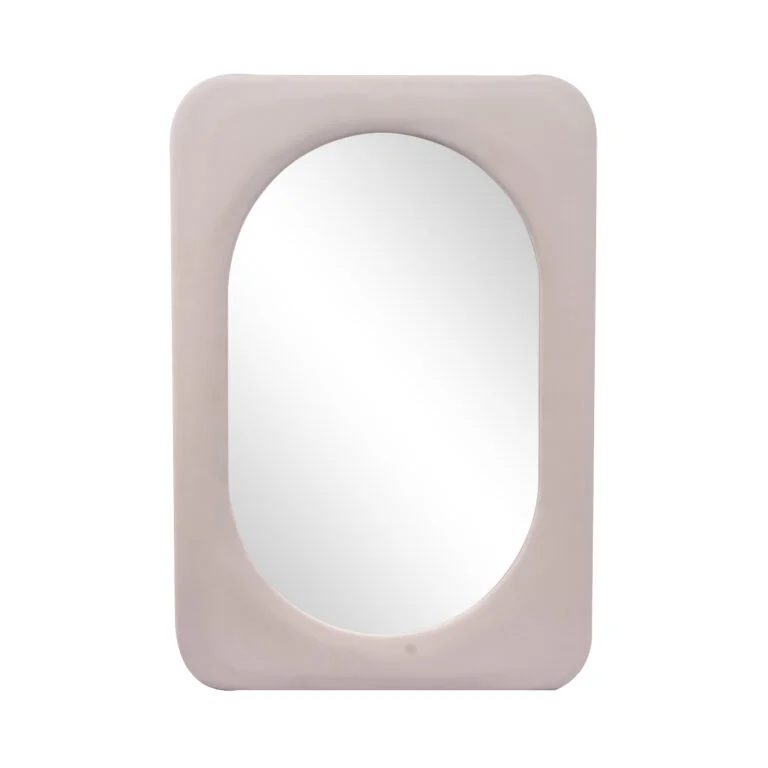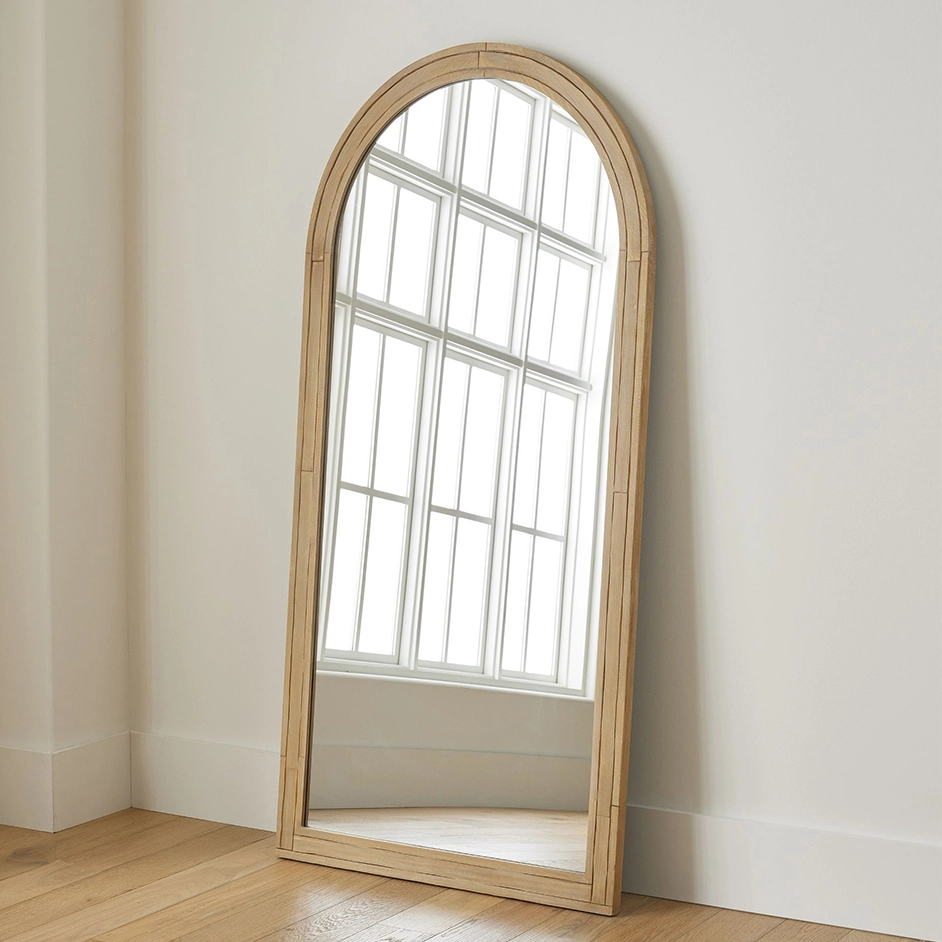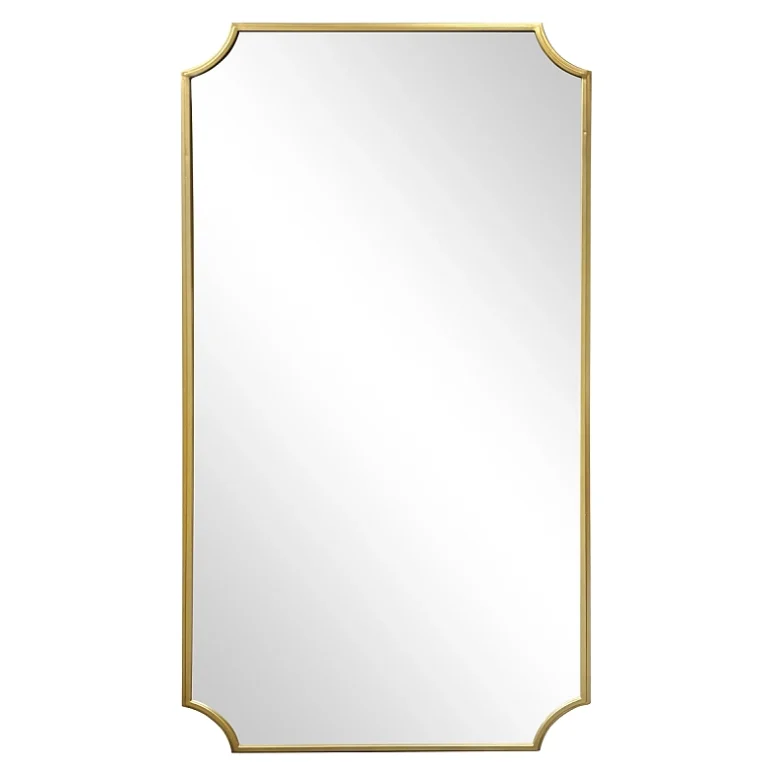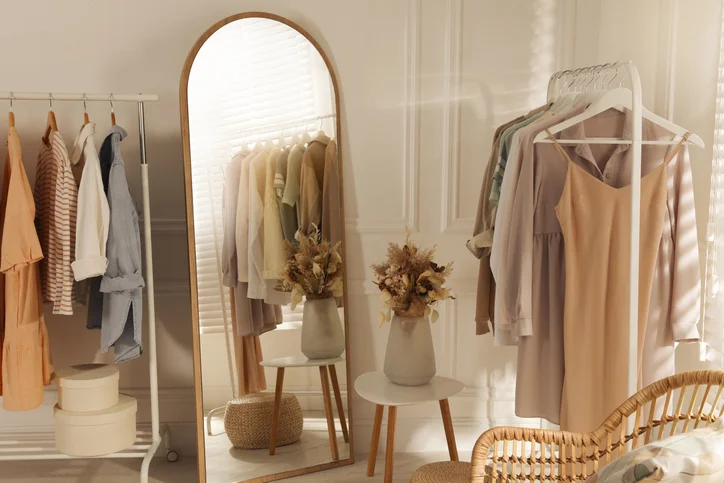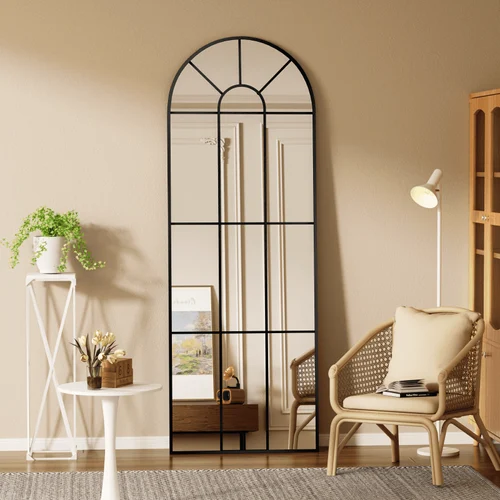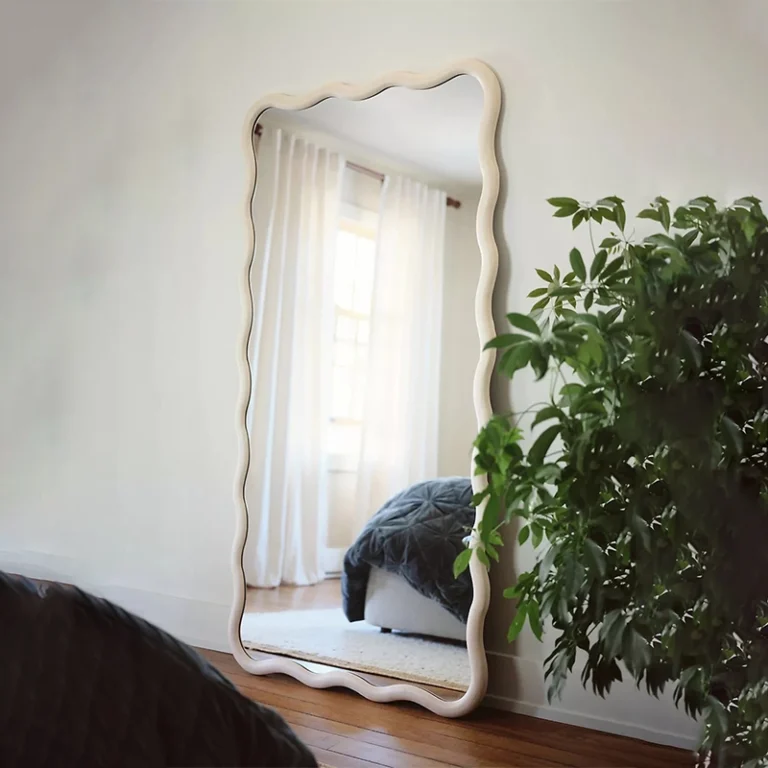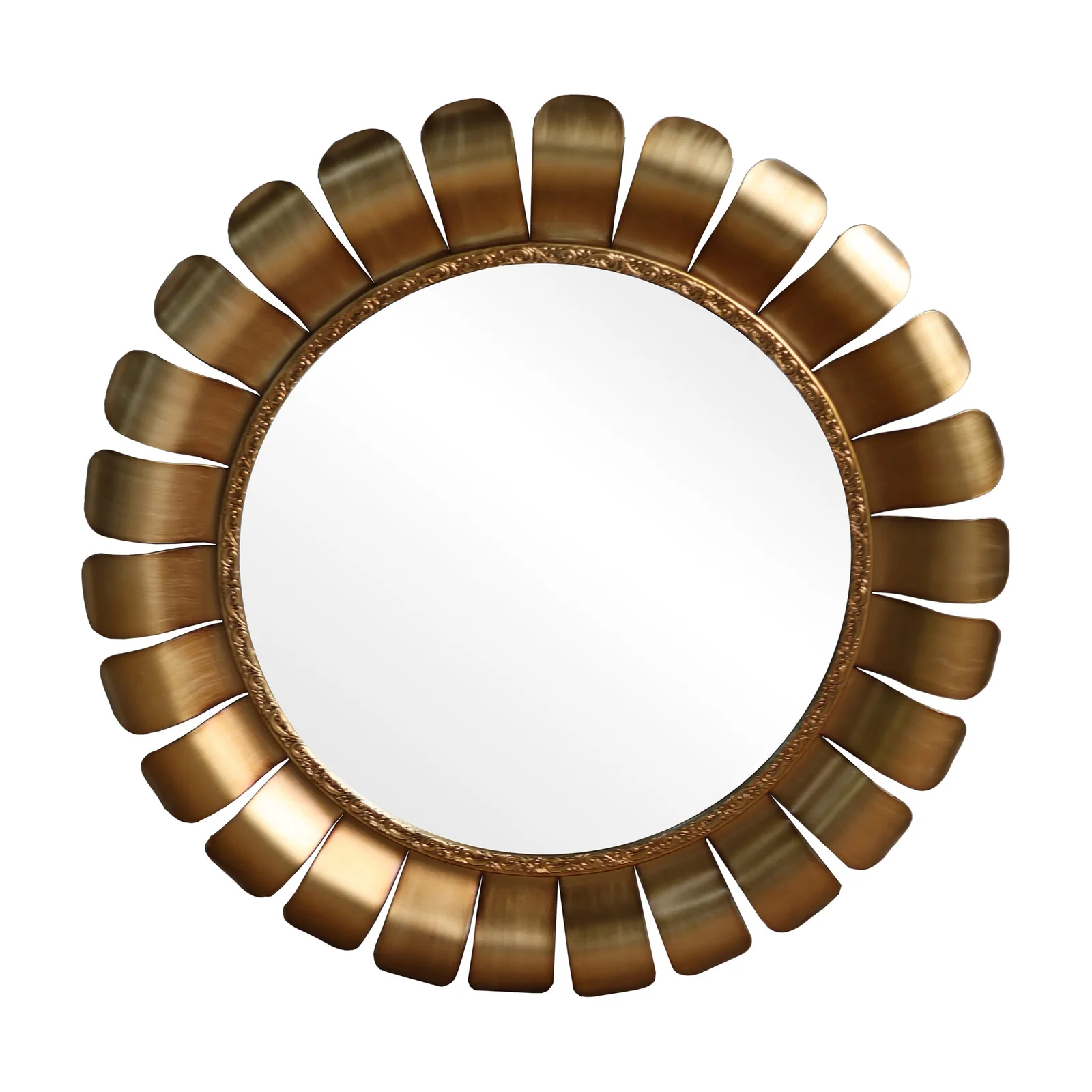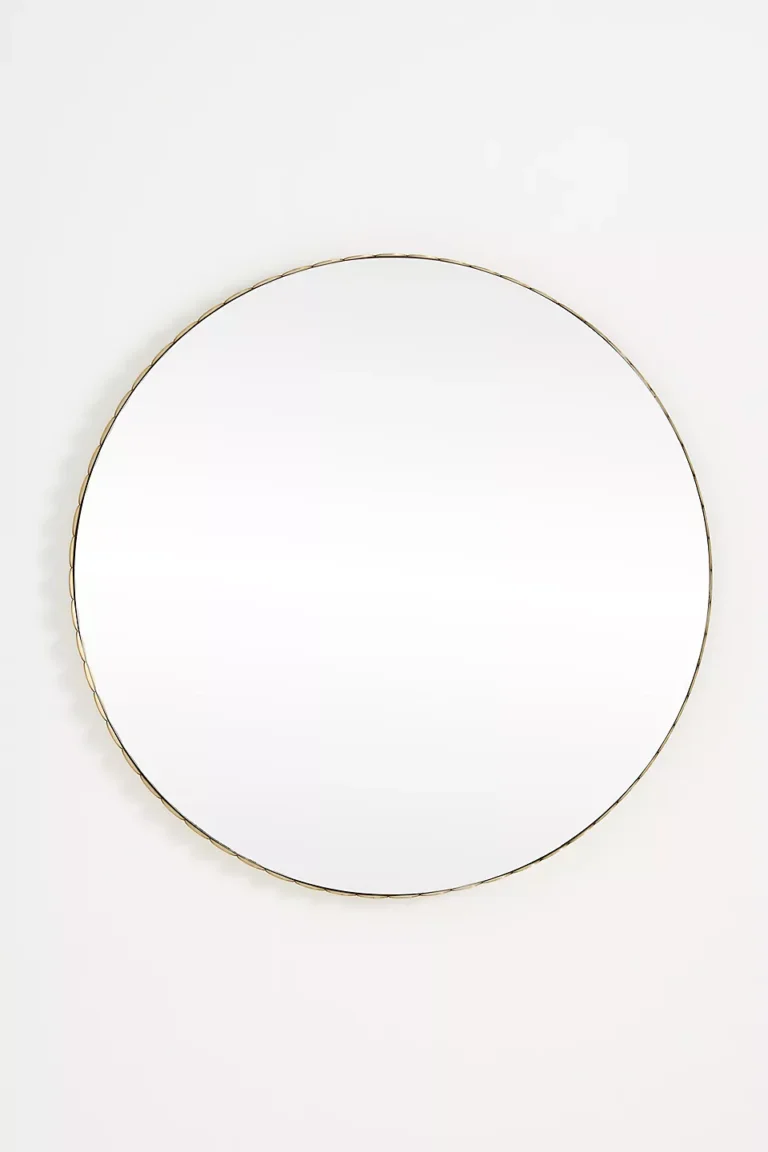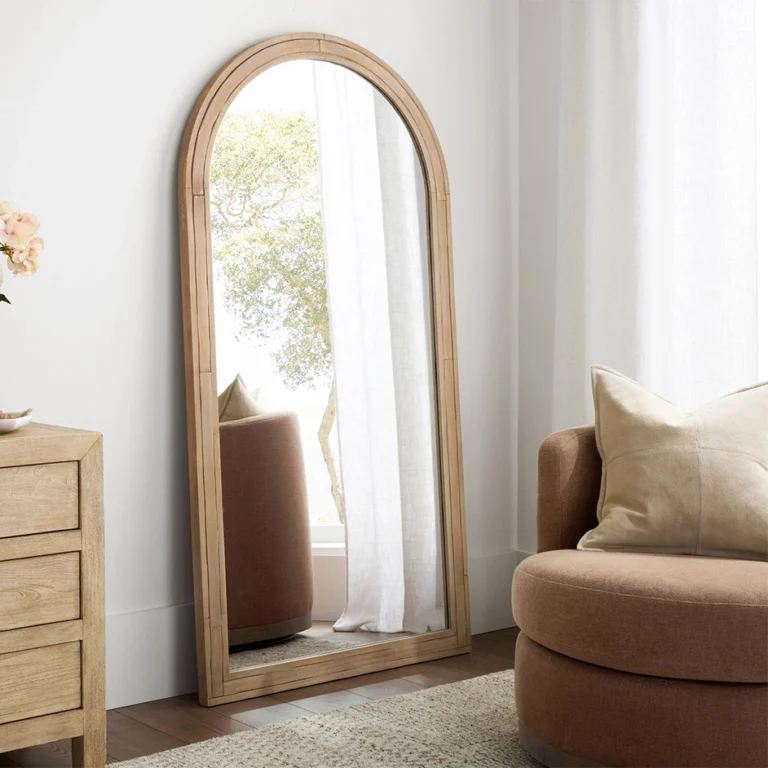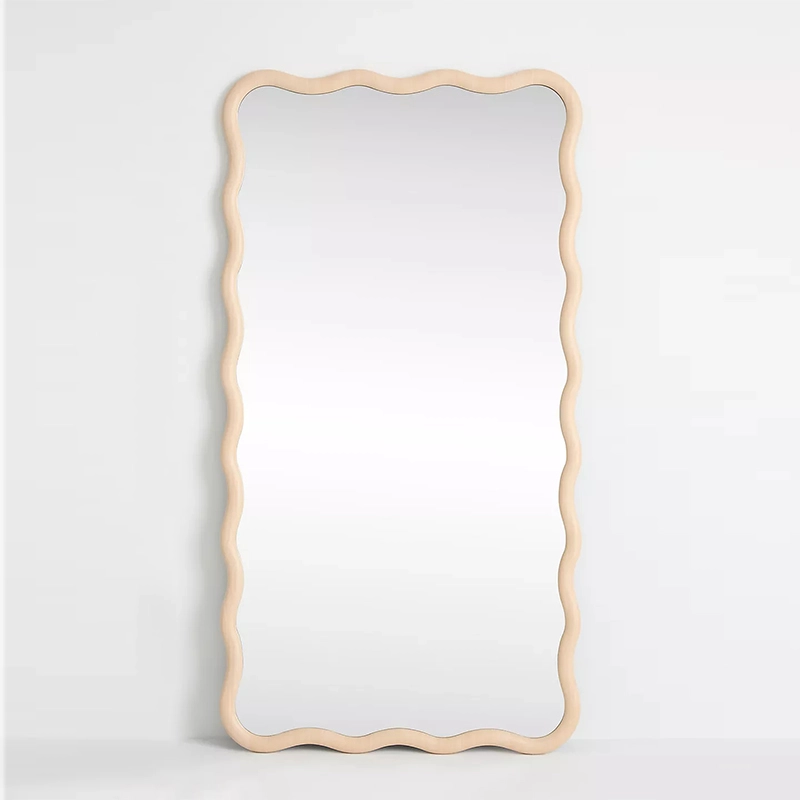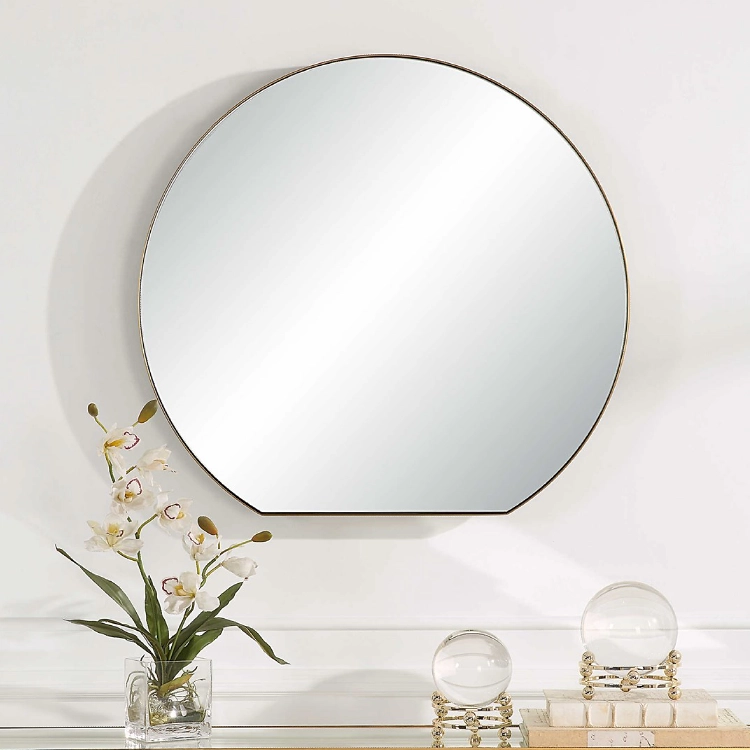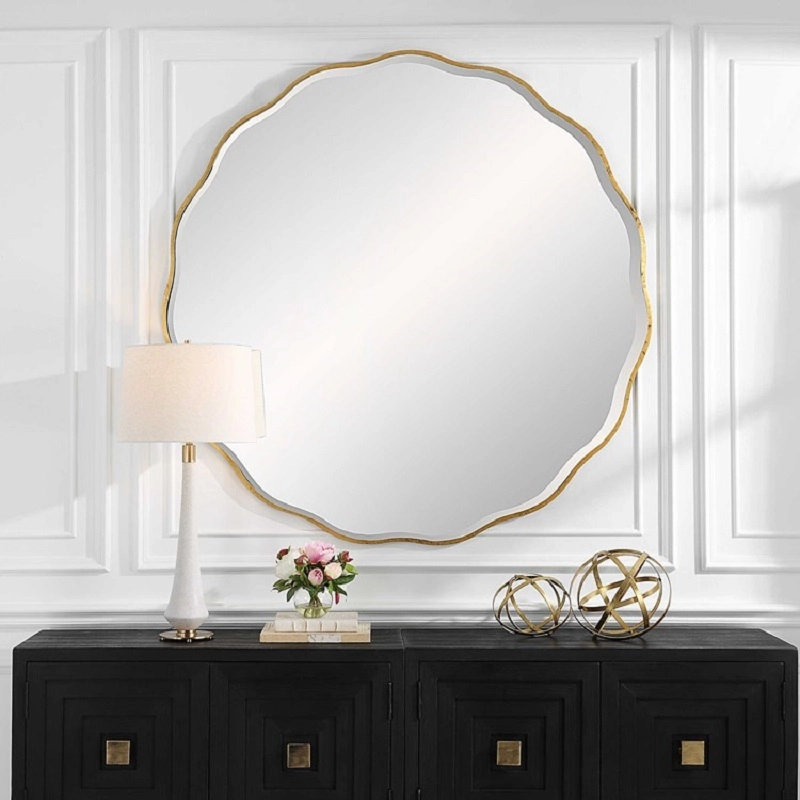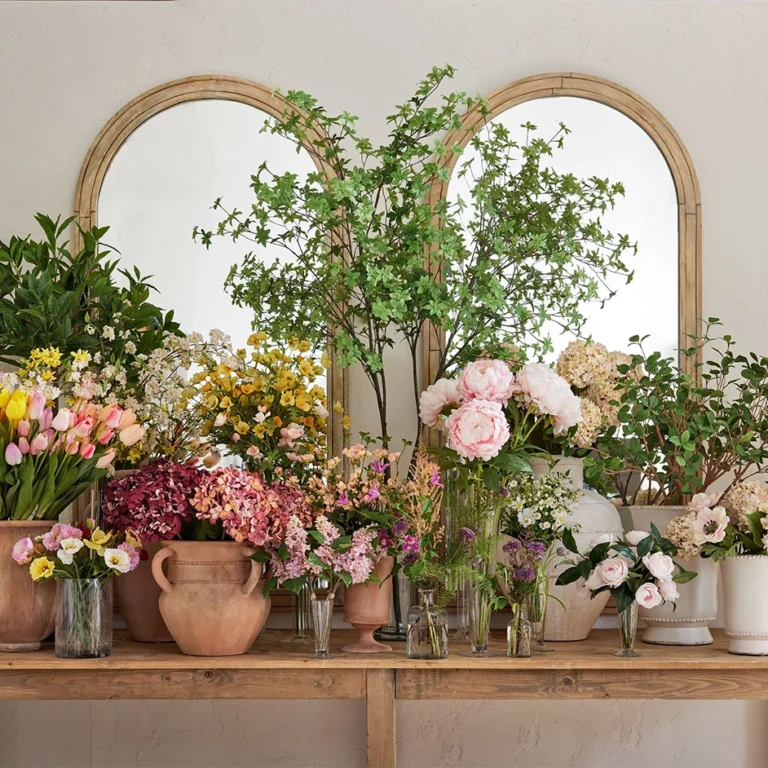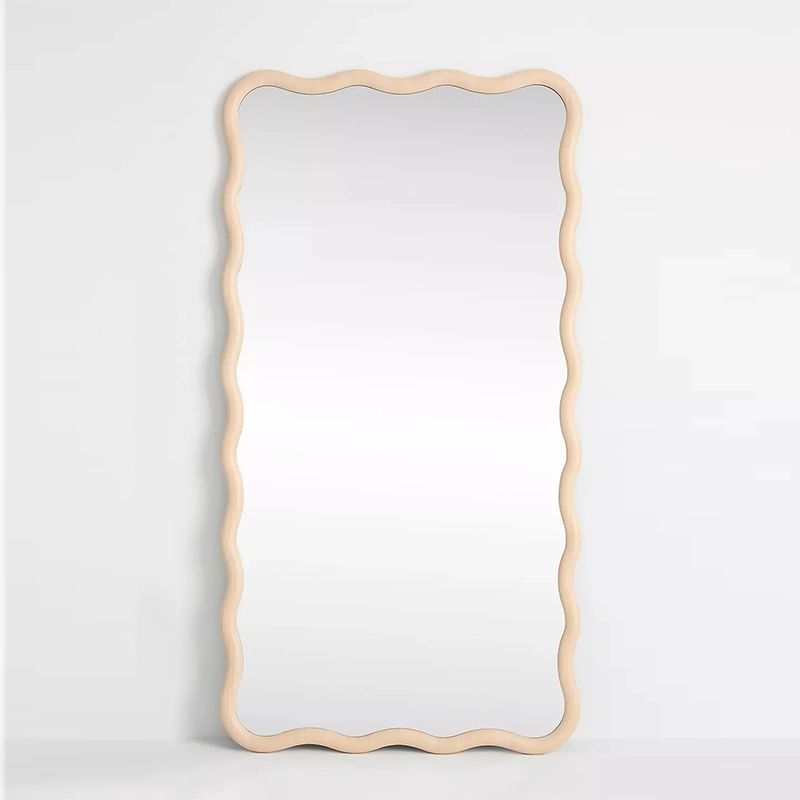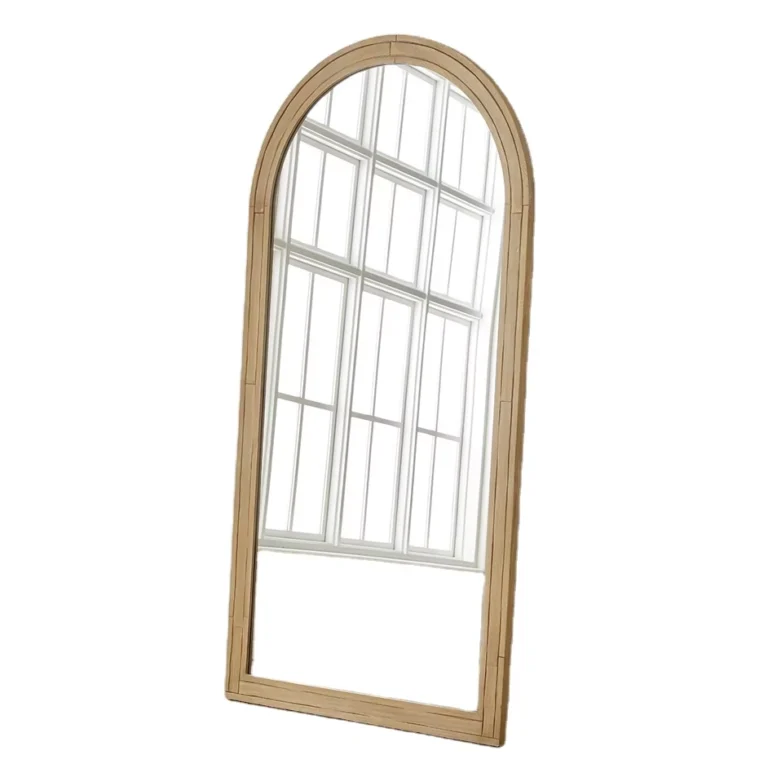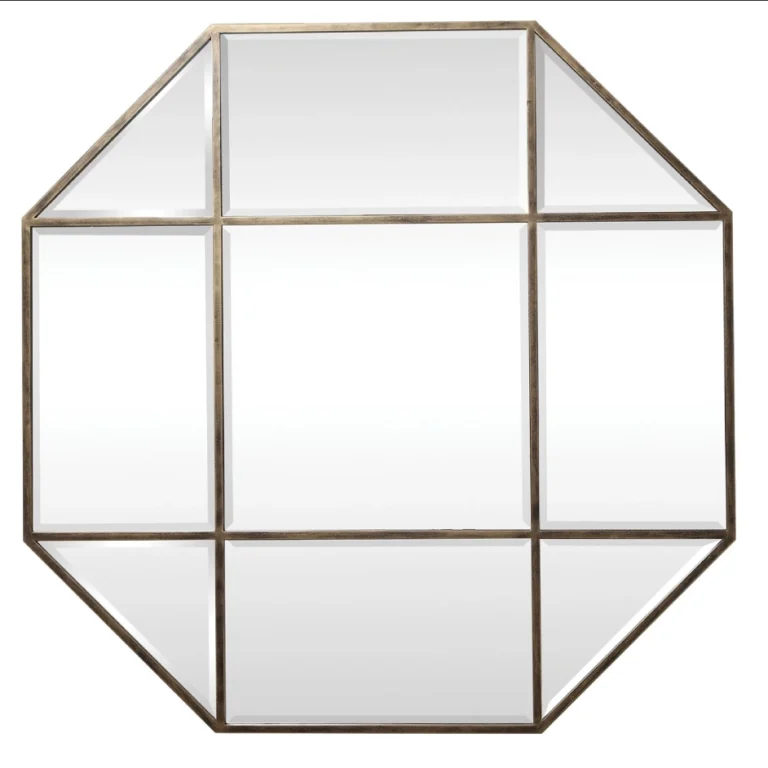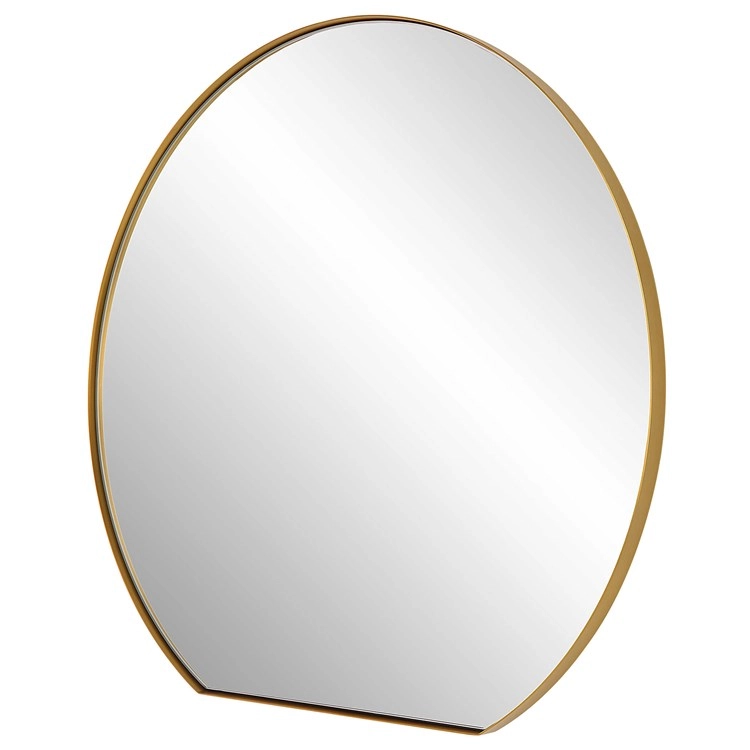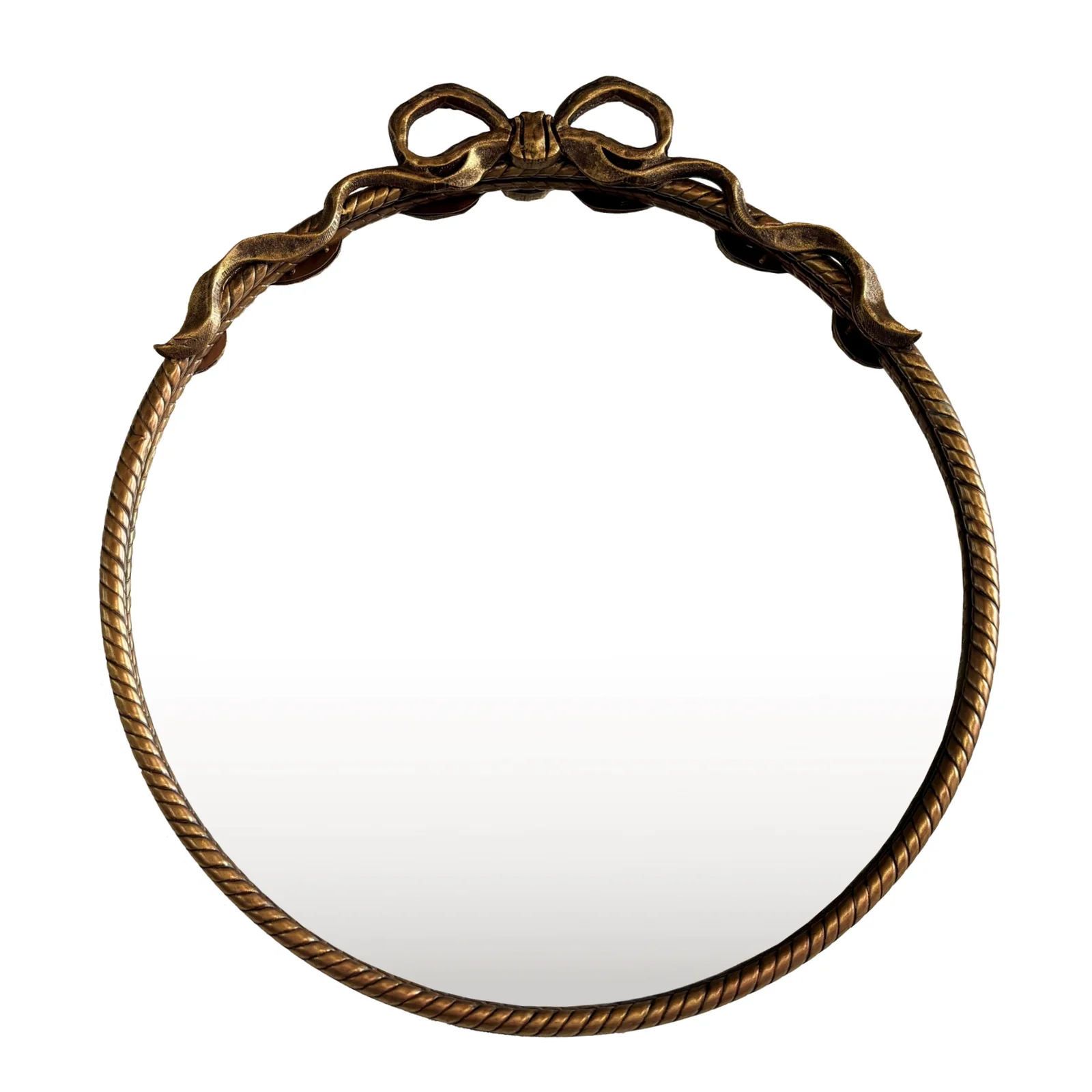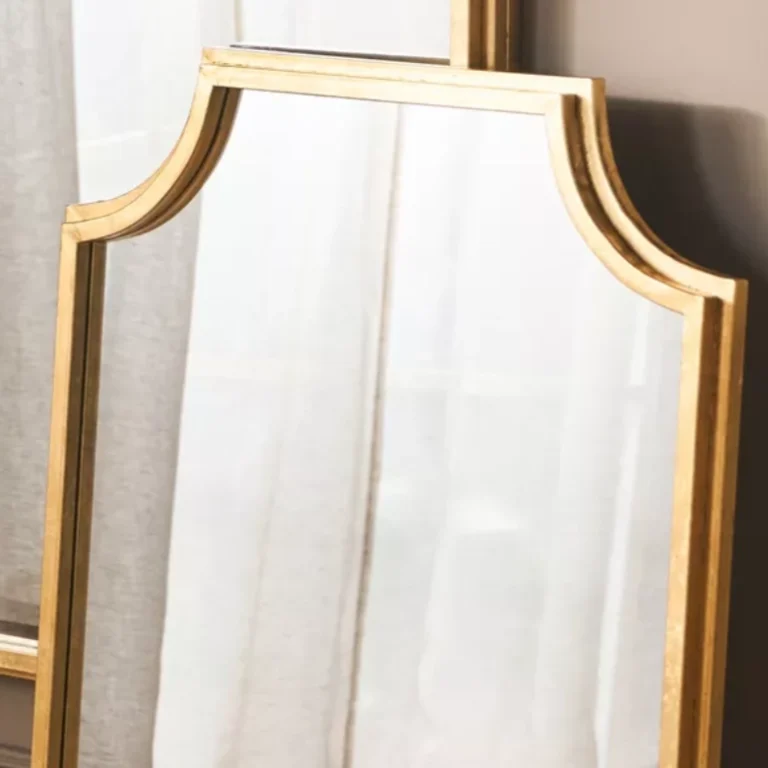Coventry Decorative Mirrors
Of course! “Coventry Decorative Mirrors” refers to a specific and highly collectible style of mirror that was mass-produced in the city of Coventry, England, primarily during the Victorian era (mid-to-late 19th century).
Here’s a comprehensive breakdown of everything you need to know about them.
What are Coventry Decorative Mirrors?
They are ornate, convex mirrors set within a wide, circular frame, traditionally made of gilded gesso or composition wood (often pearwood). The most defining feature is the elaborate, symbolic decoration that surrounds the mirror glass.
The most famous and iconic model is the “Coventry Eagle Mirror,” but the style encompasses a range of designs featuring different birds, animals, and motifs.
Key Characteristics & Identification
-
Convex Glass: The mirror itself is always curved outward (convex). This design was popular as it allowed a wider field of view in a room.
-
Gilded Frame: The frame is almost always finished in gold leaf (or gold paint), though some were also painted black or white.
-
Symbolic Decoration: The frame is not plain; it is packed with symbolic cast-plaster or gesso elements. Look for:
-
The Eagle: The most famous motif, typically perched at the top with outstretched wings. It symbolizes strength, empire, and vigilance.
-
Rope or Cable Twist: A twisted rope moulding that forms the inner and outer borders of the frame.
-
Acorns and Oak Leaves: Symbols of strength, endurance, and England.
-
Serpents/Dragons: Often depicted biting their tails (ouroboros), symbolizing eternity and the cyclical nature of life.
-
Crests: Many feature a heraldic-style crest or cartouche at the bottom, which was often left blank for a family to paint their own initials or coat of arms.
-
Cornucopias (Horns of Plenty): Symbols of abundance and prosperity.
-
Arrow-Pierced Hearts: A less common motif, symbolizing love or, some say, the heart of the British Empire.
-
-
Printed Label: The most definitive proof of origin is a printed paper label on the back, often reading:
“ZAEHNSDORF’S PATENT. MANUFACTURED BY SMITH & PEPPER, COVENTRY”
Other manufacturers included George Jackson and Henry Lord.
History and Significance
-
Industrial Revolution: Coventry was a major centre for watchmaking and ribbon weaving. When the silk trade declined, these highly skilled craftsmen turned to creating decorative items like mirrors, using their expertise in detailed, small-scale work.
-
Victorian Taste: The mirrors perfectly captured the Victorian aesthetic: ornate, symbolic, and designed to showcase wealth and status. They were a more affordable alternative to entirely hand-carved mirrors, thanks to the use of cast elements.
-
Patriotism and Empire: The prominent use of eagles, oak, and crests reflected the nationalistic pride and imperial power of Britain during the Victorian era.
-
Mass Production: While hand-finished, the components were often cast from moulds, allowing for serial production. This is why many identical examples exist today.
Are They Valuable?
Yes, authentic Coventry mirrors are desirable antiques. Their value depends on several factors:
-
Condition: Is the glass original, clean, and free of major scratches or de-silvering? Is the gilding intact, or has it been over-painted? Original condition is always best.
-
Rarity of Design: The classic Eagle mirror is common but still valuable. Mirrors with rarer motifs (like dragons or specific birds) can command higher prices.
-
Provenance: A clear, original manufacturer’s label significantly increases value and desirability.
-
Size: They come in various sizes, with larger ones generally being more valuable.
Price Range: You can find small, distressed examples for £200 – £500, while excellent, large, labelled Eagle mirrors can easily fetch £1,500 – £3,000+ at auction or from a reputable dealer.
Modern Reproductions
Be aware that modern reproductions are extremely common. They are made today, often in Asia, and sold as “decorative mirrors” rather than antiques. How to spot a repro:
-
Lightweight: Feel much lighter and less substantial than a 150-year-old antique.
-
Poor Detail: The cast details (feathers on the eagle, leaves) are often soft, blurry, and lack sharp definition.
-
Finish: The gilding can look too new, too bright, or too perfect. It may be cheap gold paint instead of leaf.
-
Glass: The convex glass may be plastic or poor-quality thin glass.
-
No Label: A complete absence of any age, wear, or a label on the back is a red flag (though labels can fall off originals).
-
Price: If the price seems too good to be true for an “antique,” it probably is.
In Summary
A Coventry Decorative Mirror is a iconic piece of Victorian design. It represents a fascinating blend of industrial innovation, skilled craftsmanship, and the symbolic language of the 19th century. If you own one or are looking to buy, always inspect it carefully for signs of age and authenticity. A genuine article is a wonderful and valuable piece of history.
Generally speaking, our order requirements are as follows: the minimum order quantity (MOQ) for large items is 50 pieces, for regular items it is 100 pieces, for small items it is 500 pieces, and for very small items (such as ceramic decorations) the MOQ is 1,000 pieces. Orders exceeding $100,000 will receive a 5% discount. The delivery timeline is determined based on the specific order quantity and production schedule. Typically, we are able to complete delivery within two months.
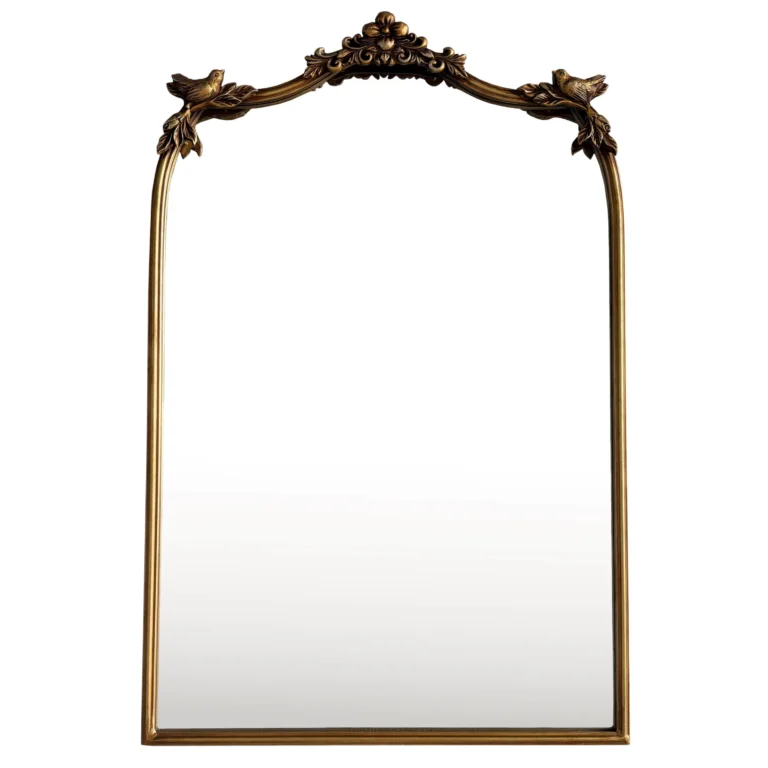
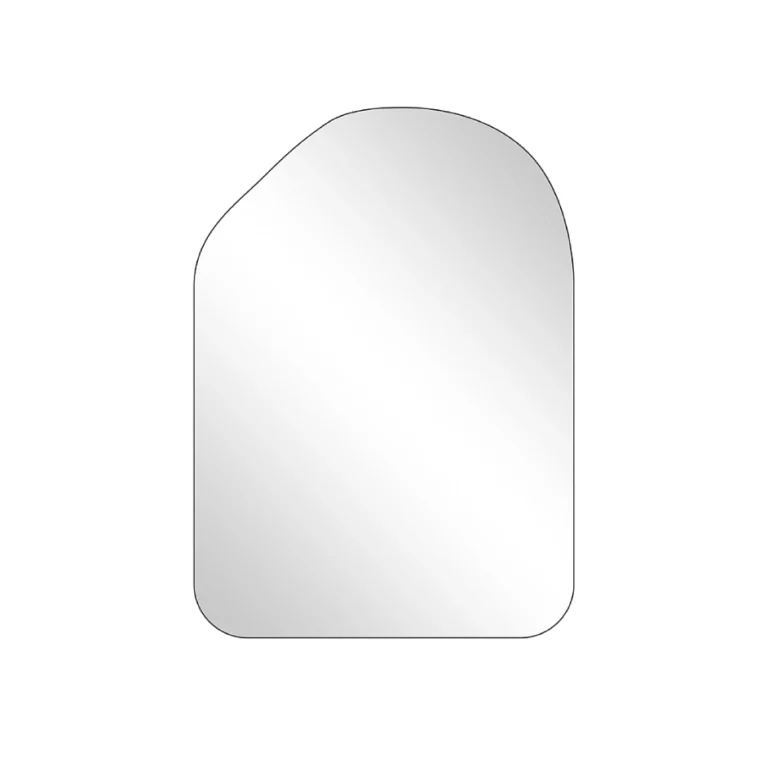
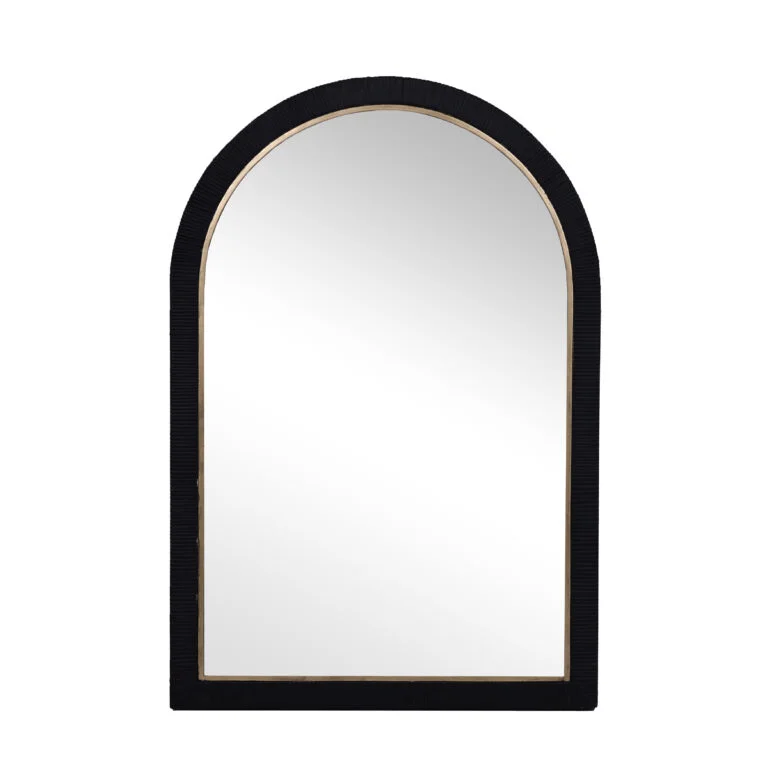
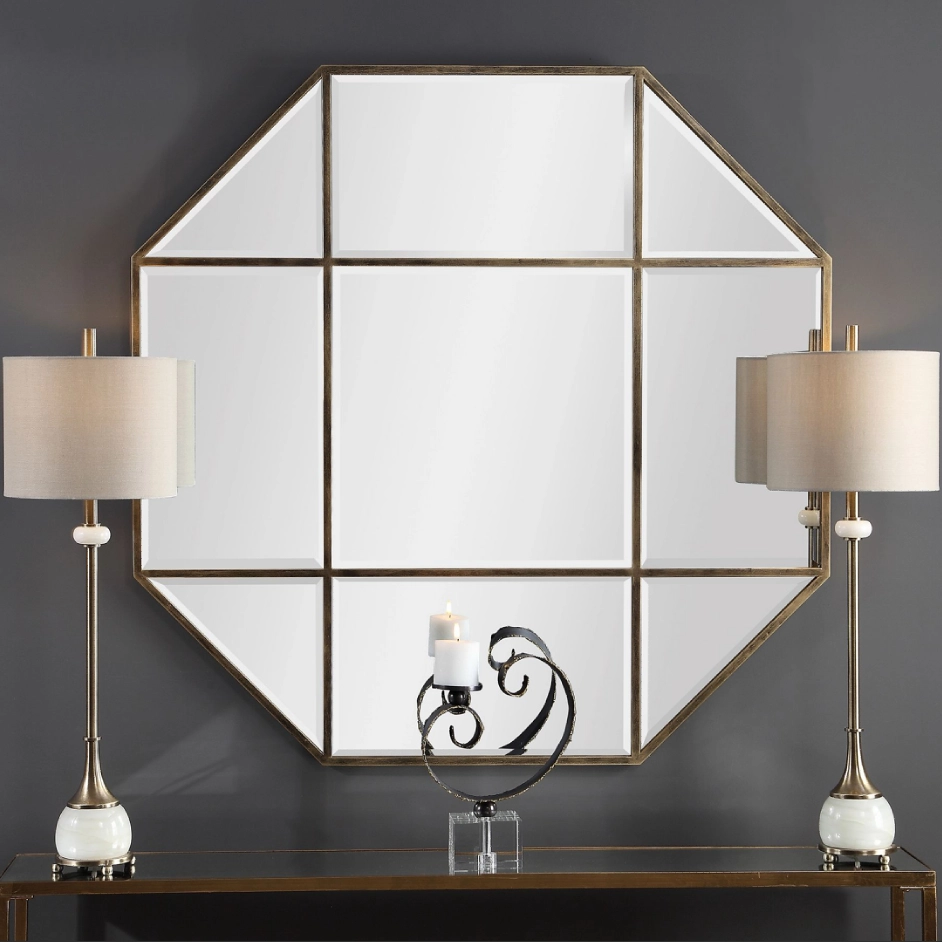
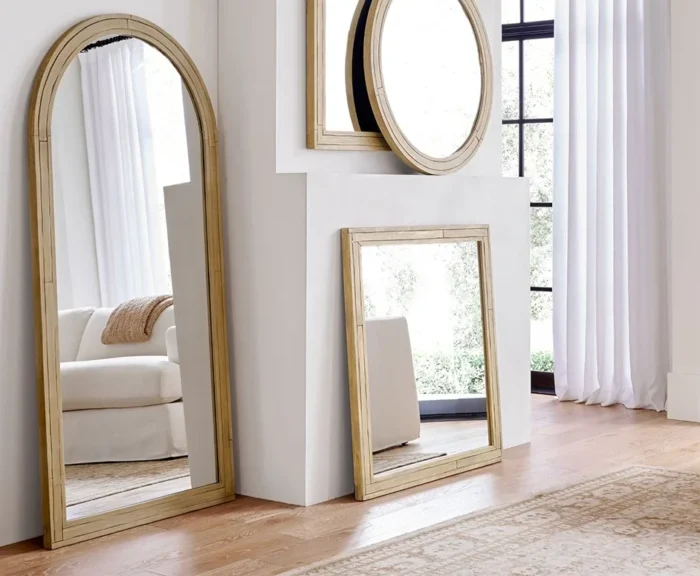
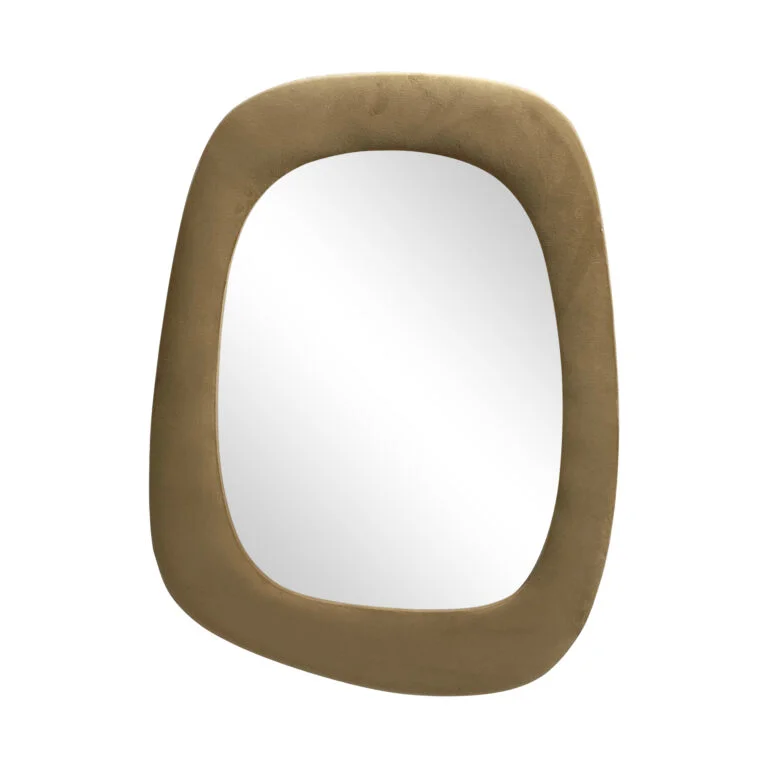

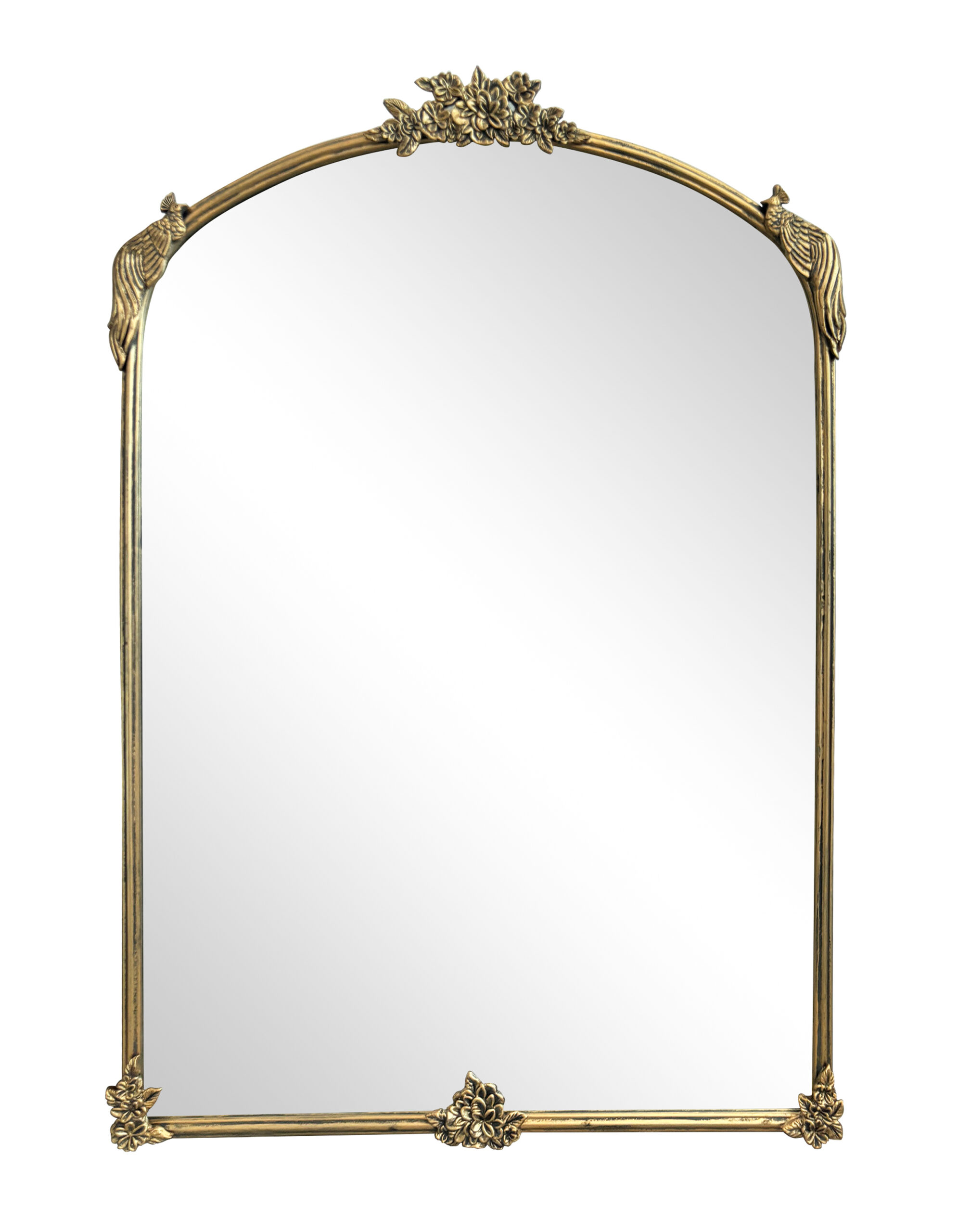
-scaled.jpg)
